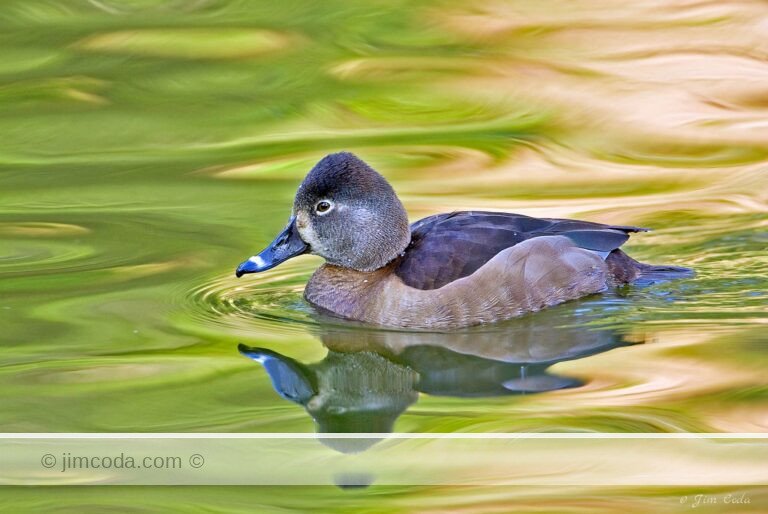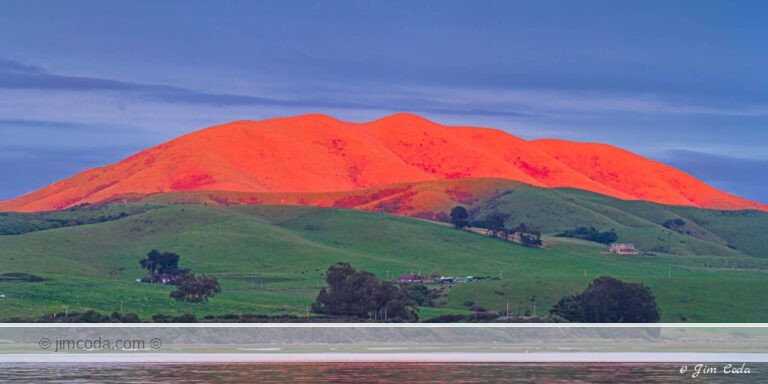Tag: Leopard
A mother leopard rests in a tree while her cub sits on the ground below her. If you look closely, you...
I posted this photo a while ago. The sun was setting and, while the color of the vegetation looked great,...
I photographed this leopard just as she was coming out of an area of trees and thick brush. A river...
I posted a photo of this leopard last June with its head pointed in the direction of the camera. I tend...
Like most nature photographers, my favorite times to photograph nature are those two hours or so centered...
To finish the story I started a week or so ago, after those great four days with Gamewatchers Safaris...
I’ve just returned from a fantastic 8-day photo safari on lands just outside the famed Maasai Mara...
No articles found
Load More Articles
Loading...
Prints for sale
Browse my selection of photos for sale as fine art prints
Filter by category
Sorry, no prints in this category









